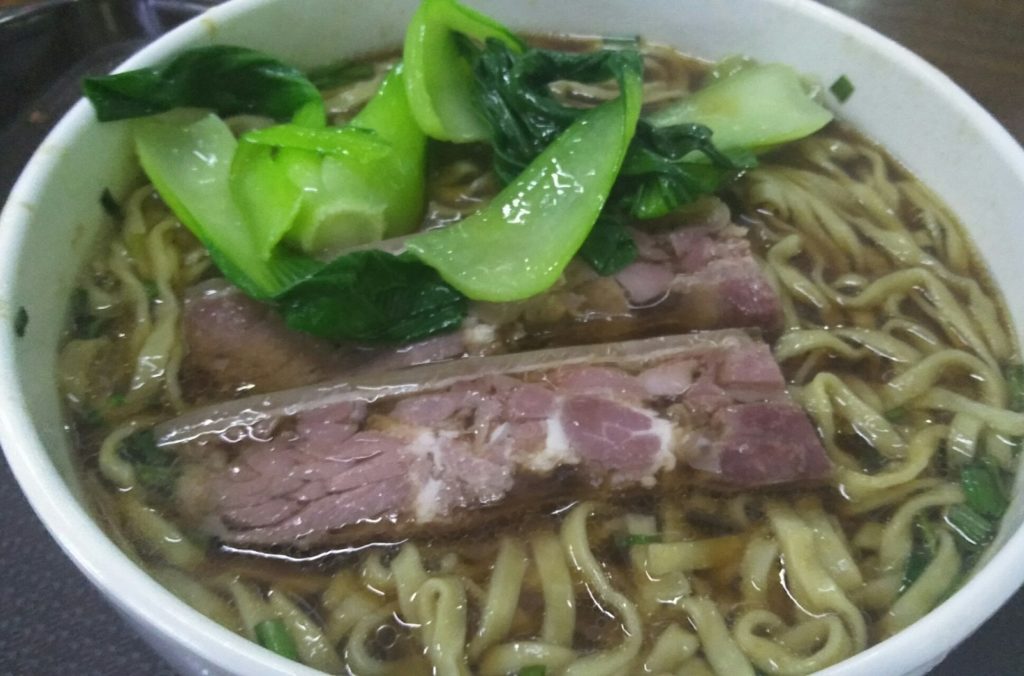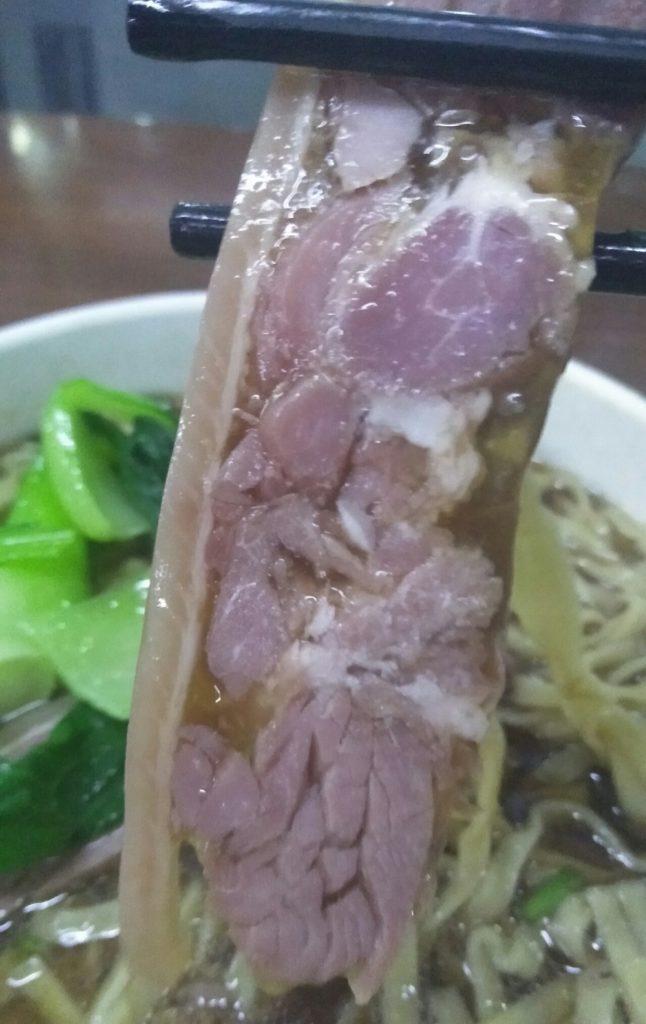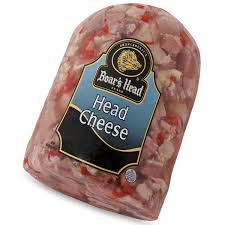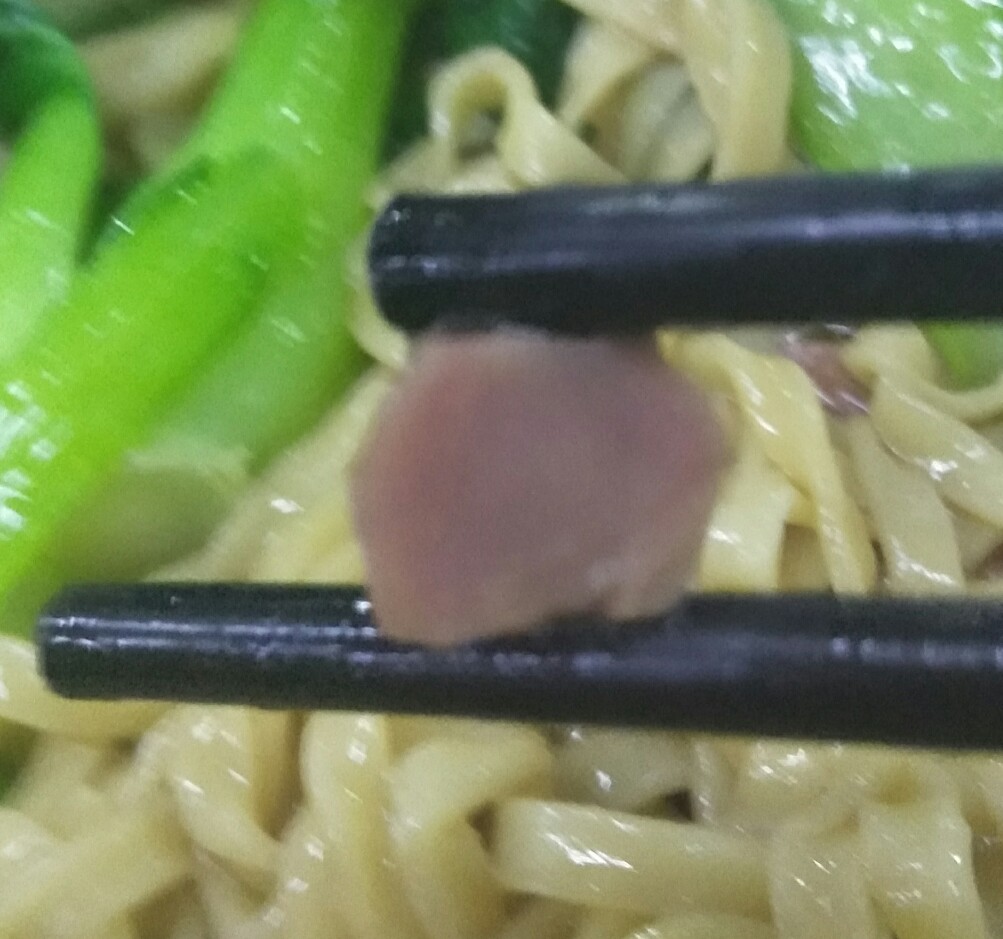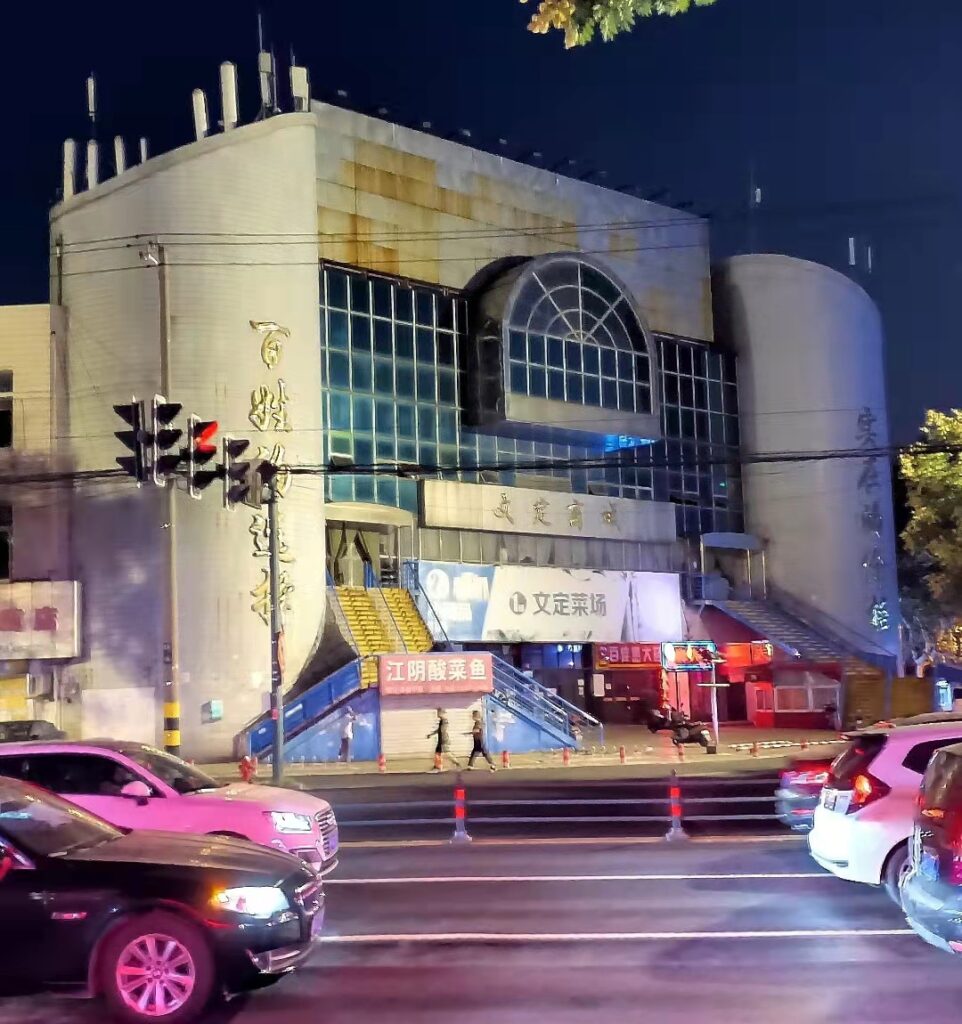
Some old Chinese buildings are so ugly, they are unique and should be admired and loved for their unruly character and oddball personality.
I said this to a friend as we strolled the streets of Jiangyin at night. At the time, we had just taken a bus into town from Changzhou, and both of us were hungry. We resolved to try the Munich-styled beer hall Hofbrau Haus on Jingyin’s bar street. On our way there, we stopped for a moment to take in the above building. I also uttered the above italicized quote.
It’s one of the many odd sort of experimental buildings that seemed to have been built decades ago. The lines and angles seem a little off kilter, and the exterior of these structures are always covered with small ceramic tiles that have been mortared together. These buildings also never seem to age well and develop vertical corroded streaks or rusted drip lines.
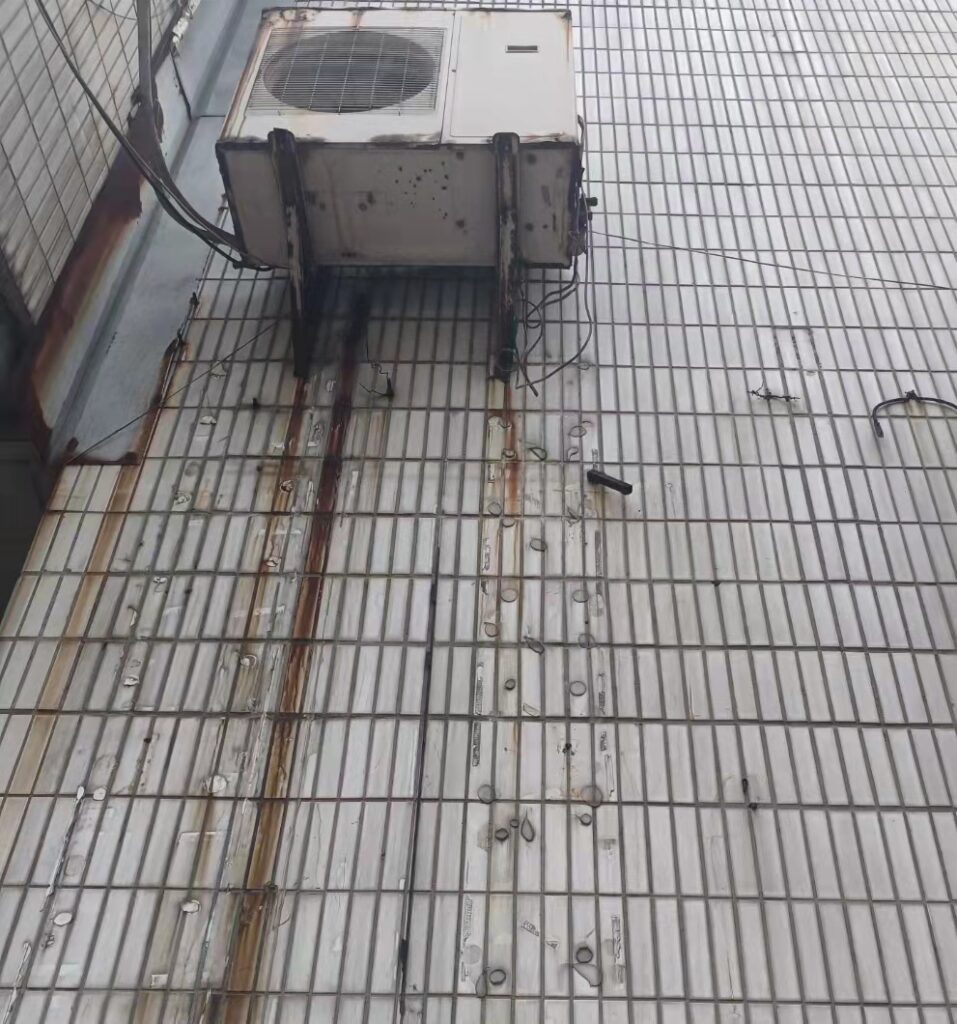
Ultimately, the fate of such architecture is that they will eventually be demolished and replaced with the steel and glass rectangular towers that are growing more and more common in Chinese cities.
I have always wondered how to technically describe such buildings in China. I even asked myself if they would classify as brutalist architecture, but I could only scratch my head. Brutalism grew out of modernism in terms of designing buildings. This style can be described as blocky, spare; geometric patterns can be rigid, and the color schemes tend to be drab, dull, and monochromic. This originated in the UK at first during the 1950s before spreading globally. Over decades, this style has earned a fair share of detractors and discontents. For example, one of Prince Charles’ most famous speeches railed against brutalism without even saying the word. To be blunt, these buildings tend to look like the following. Straight up fugly.

So, I eventually sent the Jiangyin picture to a friend who knows a lot more about architecture than I do. I am only a mere hobbyist when it comes to looking at urban landscapes. My pal is more of a master fanboy (nerd!) when it comes to this stuff, and I will always defer to his judgement. His answer was something to the effect of “Close, but not quite. There are too many curves and rounded parts; plus, there are glass surfaces, which you normally don’t normally see on purely brutal buildings.”
So, I asked, “Brutal-esque?”
“Perhaps,” he said, “but think more like brutalism with Chinese characteristics.“
“Dude,” I said. “I’m totally going to quote you on that.”
Instead of acknowledging or refusing, he simply changed the subject to his love of rollercoasters.
This was days later, but let’s get back to the moment I took the above picture. My dining partner discussed it a bit. We compared it to other, similar buildings we have seen all over the southern end of Jiangsu. And then, we simply just moved onto the topic of hunger and actually eating, and so we made our way to the German beerhall for dinner. The building really didn’t reenter our consciousness. That would be much later. After all, we were far more engrossed in what constitutes the proper temperature of an “plausibly” authentic beer at a Chinese Octoberfest. Although this was not part of that yearly occasion, we did agree that the Hofbrau Jiangyin lager — brewed on site –was quite cold and quite good.
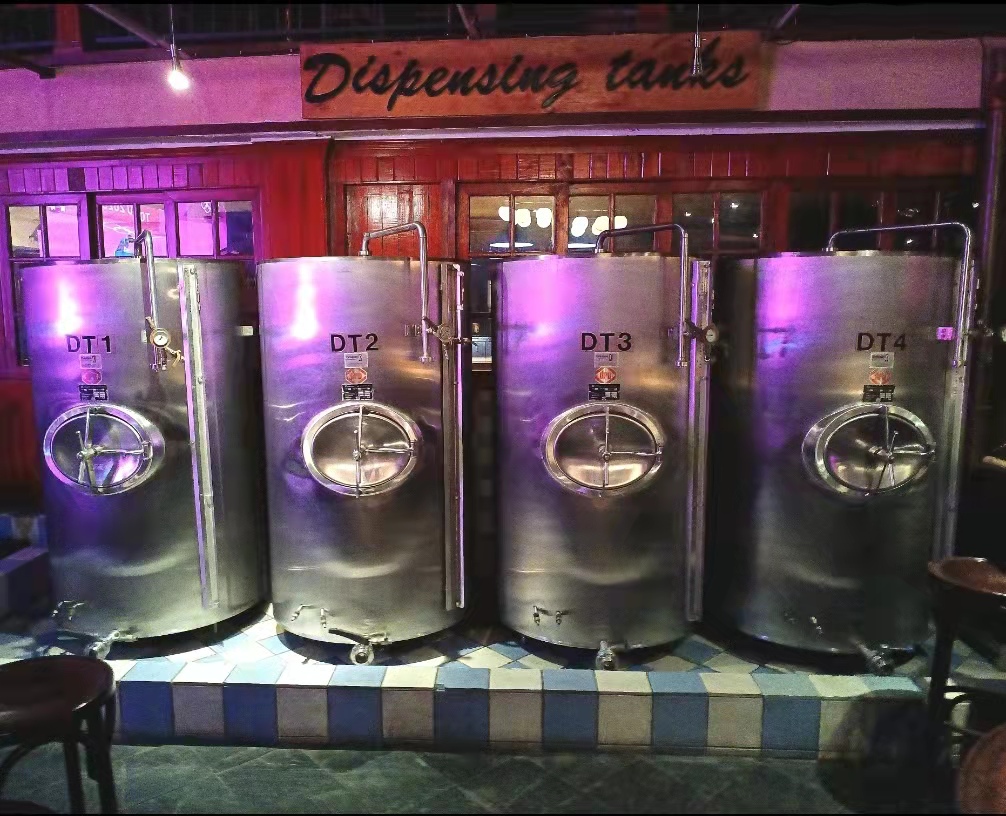
Our stay in Jiangyin was for two evenings, about two days. My travel partner wanted to get a look at the Yangtze River for the first time, and the city has at least three parks that offers that. Changzhou has none that I know of. Jiangyin is known for shipbuilding, after all.

I, on the other hand, had a fundamentally different desire. I wanted to find fresh matisu 马蹄酥,and Jiangyin is widely known for this particular snack.
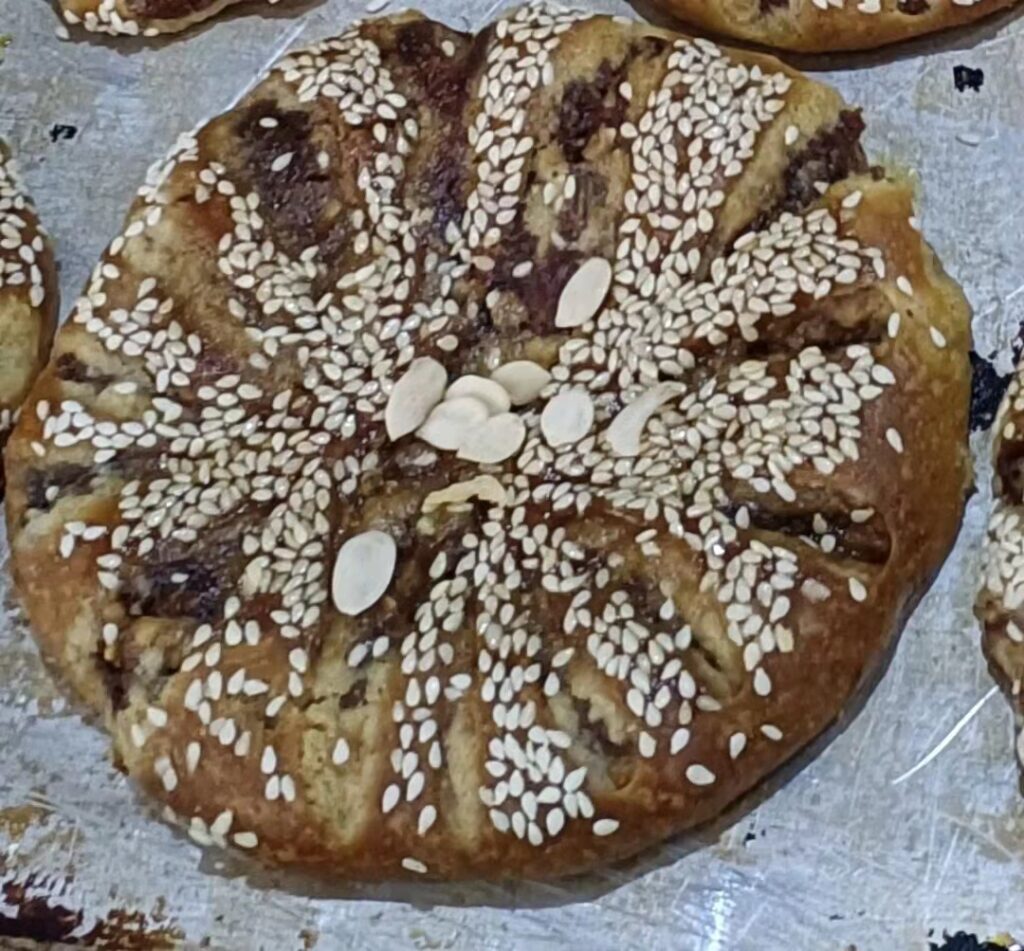
The name matisu 马蹄 roughly translates “horse hoof,” and 酥 would be “shortbread” or “crisp.” I was once told that this pastry used to actually be shaped like a horse hoof, but now, clearly it doesn’t appear that way at all. One can easily guess the shapes have changed as dishes spread through China and are adapted locally. It is made with flower and sesame seeds, but the dark, slightly sweet filling is a mixture of walnuts with red bean paste. To be fair, this snack can easily be found in regional supermarkets.
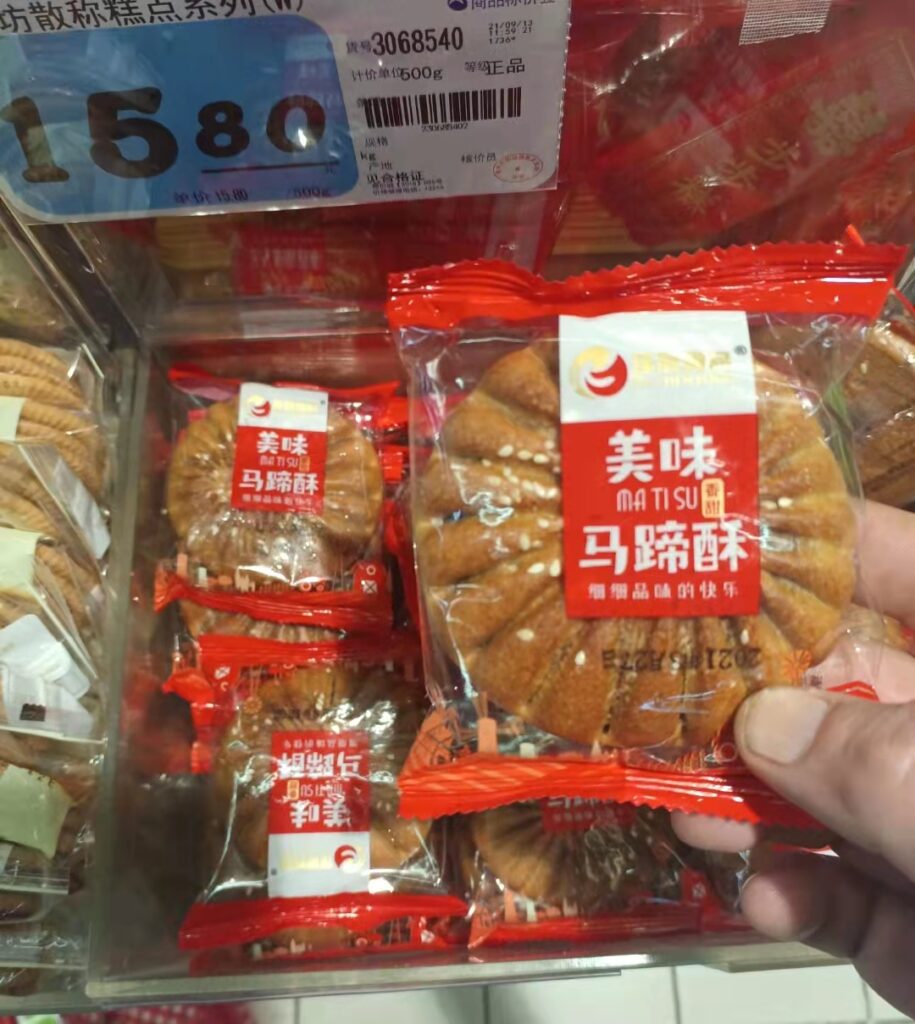
Fair enough, yes you can. But this is a case of it being packaged with preservatives, and they end up tasting stiff like chalky cardboard. It’s kind of like saying Chips Ahoy! sold at Walmart are the most authentic American chocolate chip cookies when they clearly are not. So, my travel partner and I set out by foot to see if we could find something local and very fresh in Jiangyin.
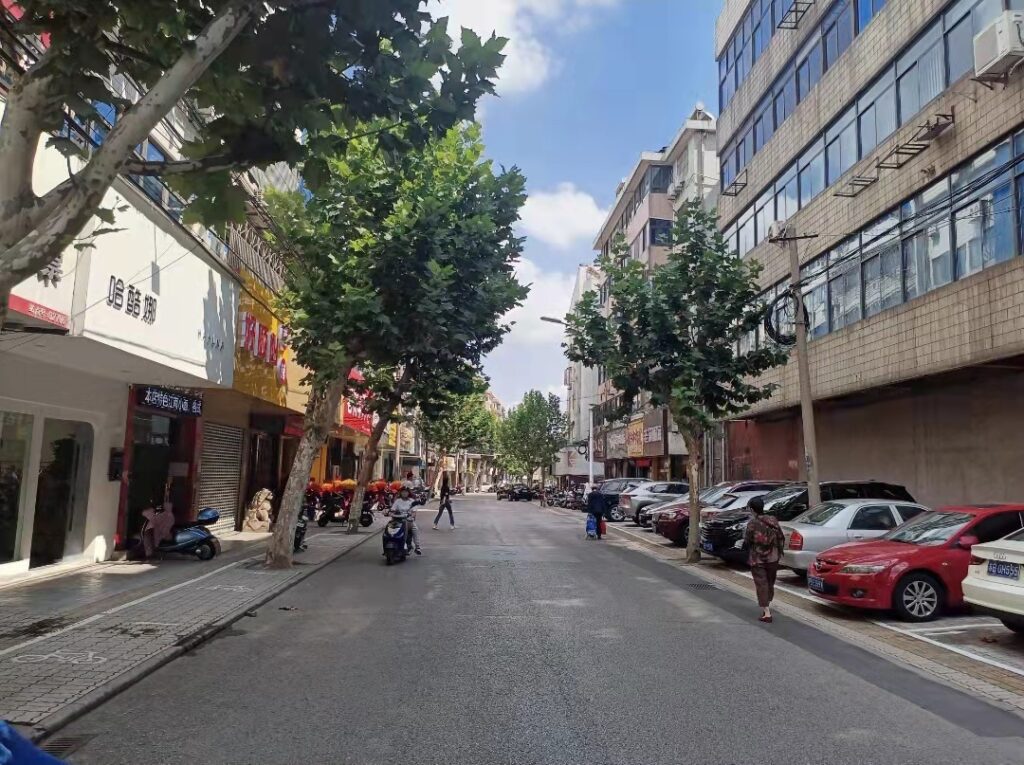
At first, we followed the recommendation of a local, but that didn’t pan out the way we thought. Somewhere down the above street, we ended up at a bakery. Only, their shelving and display cases were picked over and didn’t have anything really appetizing to sell. When I asked if they had matisu, they simply looked confused, shrugged, and said no. So, that brought an end to what I thought was going to be an easy task. I had asked a local, after all! So, I had to revert to old investigative habits.

Pulling up Baidu Maps on my phone, I typed the characters 马蹄酥 as keywords and looked at the resulting addresses to see if something was close and gotten to on foot. Something did come up, but it required walking through a gated community. The travel partner and I had no problem doing just that. The results were utterly disappointing.
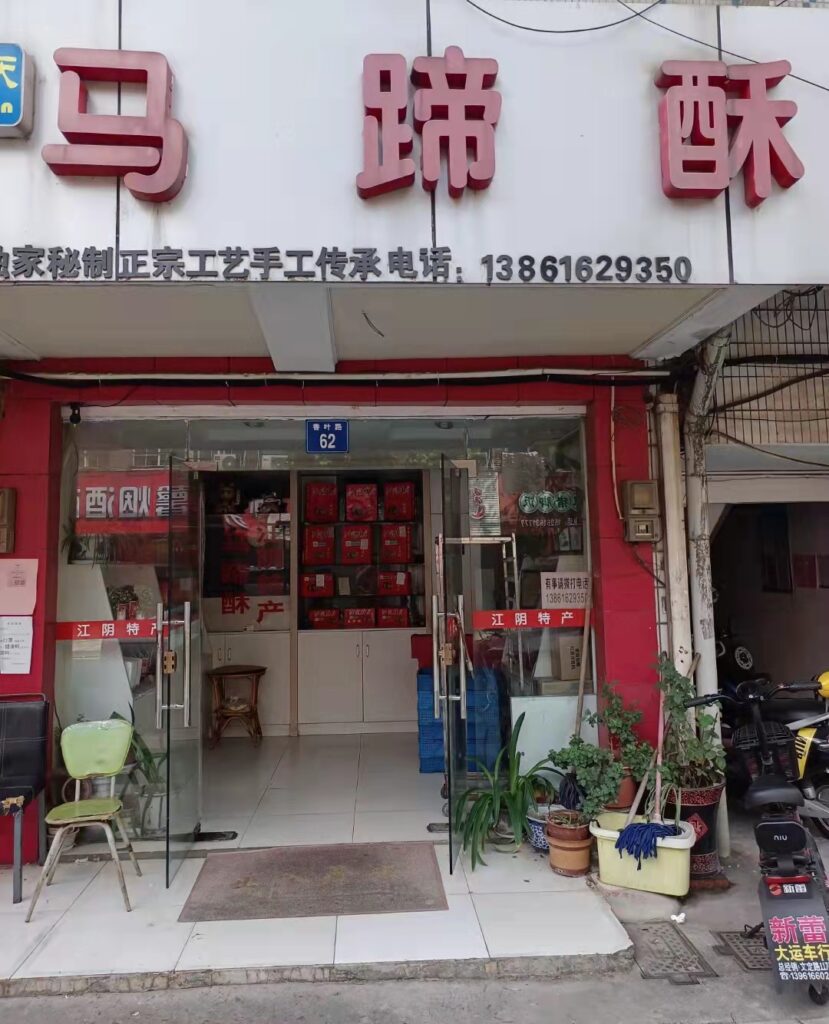
The travel partner and I ended up at a gift bag shop for this type of snack. Giving gifts are a fundamental part of Chinese culture and hospitality. This is especially true during holidays like Mid-Autumn Festival where the mooncake industry likely makes up the bulk of their yearly profit. If you need cultural equivalency, think about how many frozen turkeys are sold in America around Thanksgiving versus the rest of the year. That’s well and nice, but when it comes to mooncakes, matisu, or any other type of Chinese pastry, what has been prepackaged into a giftbag is just as bad as buying something vacuum sealed at a supermarket bin. Both taste like grainy chalk and nothing that is fresh. At any rate, it was time to move on and take a taxi to the next and most nearest dot. That lead to a surprise.
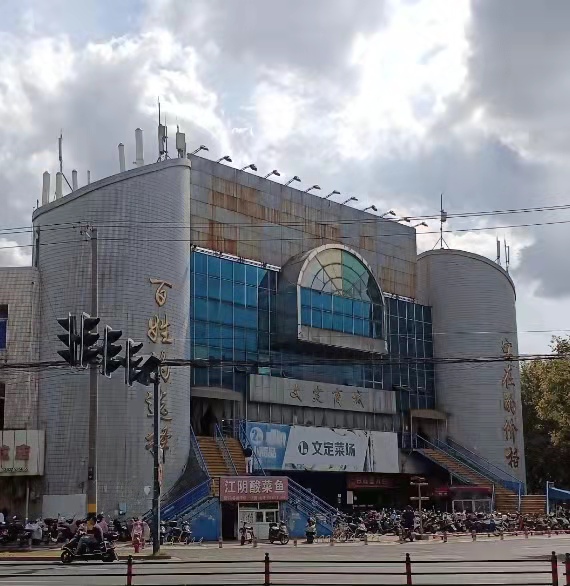
By sheer happenstance, we ended up at the brutal-looking building from two nights before. This provided interesting bookending to an extent, as this hunt for matisu was to be the last thing we did before returning to Changzhou. In daylight, I made out the characters 商城– fashion city or shopping mall. This huge, hulking eyesore of a building is, essentially, an old commodities market. Baidu maps didn’t provide a picture, just a name Tian Xiang Matisu 天香马蹄酥. However, I figured that if there was no external storefront, there likely an internal kiosk. Multi-floor commodities markets usually have meat, vegetables, and prepared food on the ground level. So, I set to looking.
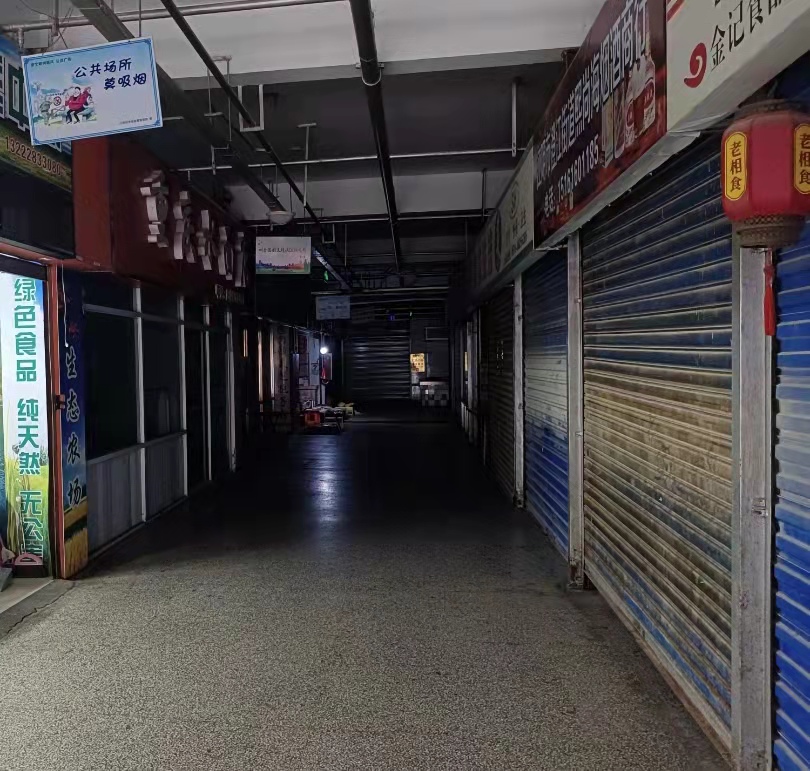
At first, the interior of the building looked as desolate as the exterior. It would be very easy to misjudge here. I entered from the rear of the building, not the main entrance. This is because I tried to find a bakery by circling and looking for the characters 天香马蹄酥 on outside marquees. Since I didn’t find anything there, I had to probe the interior.
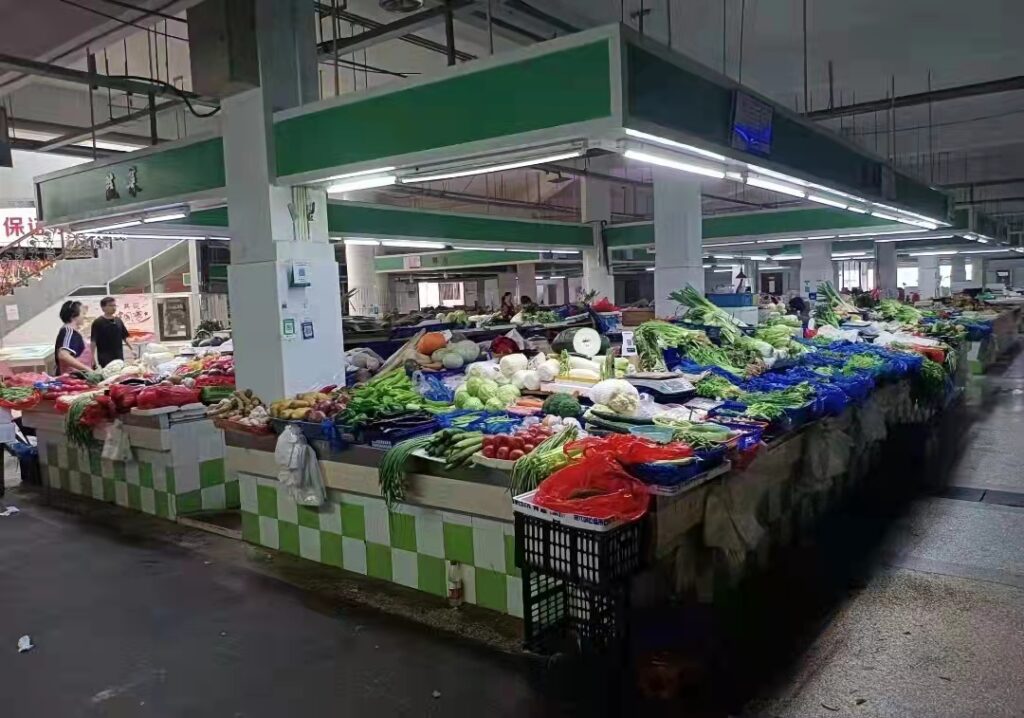
Eventually, my travel partner and I found ourselves at a small market at the center of the ground floor. What we were looking for turned out to be a small stall behind us.
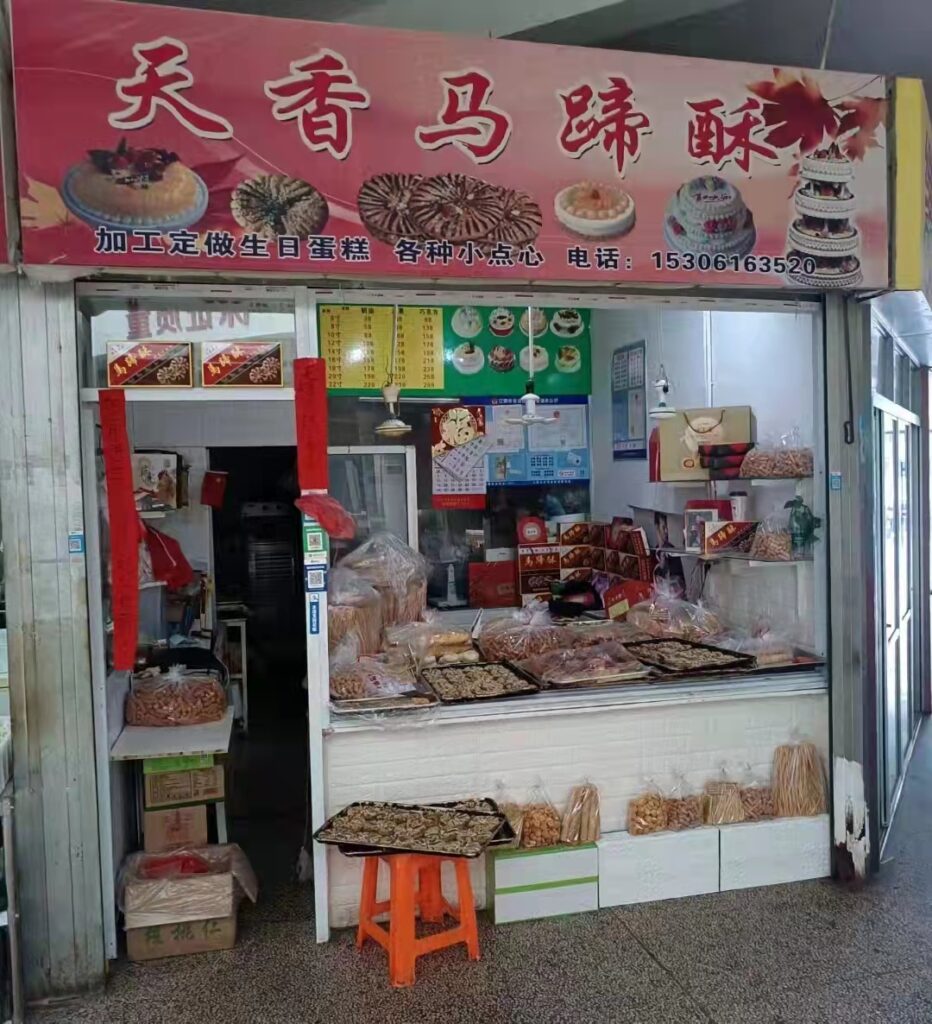
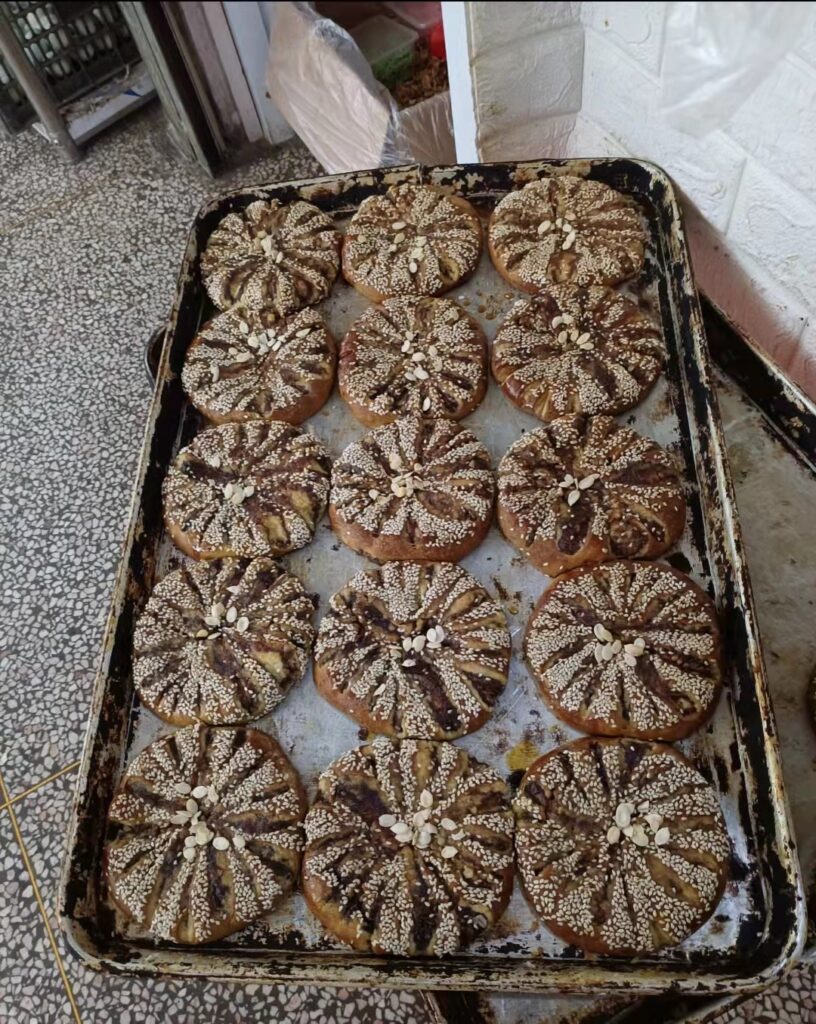
They had exactly what we were looking for. While it wasn’t hot out of the oven, it was apparent that they were freshly made that day. The bigger ones cost 6 RMB each and smaller ones went for 3 RMB. The Chinese shopkeeper seemed absolutely flabbergasted that two foreigners would go out of their way to find and try something this local. She gave us one extra, and I think we ended up on her TikTok feed or some other type of social media. Though, we didn’t stick around much longer. A cab returned us to downtown, and we went to Starbucks for coffee. Sitting on a bench near the pedestrian street, we tried our new snack. The red bean paste made things slightly sweet, and that fit nicely with walnuts that had been mixed in. It was as yummy as I was expecting it to be.
As for the building, I stick by my initial reaction to it. The Wending Shopping Mall 文定商城 is certainly ugly to look at, but it does have a lot of personality. Last I checked, providing a sense of hospitality and feeding somebody is a good character quality.

